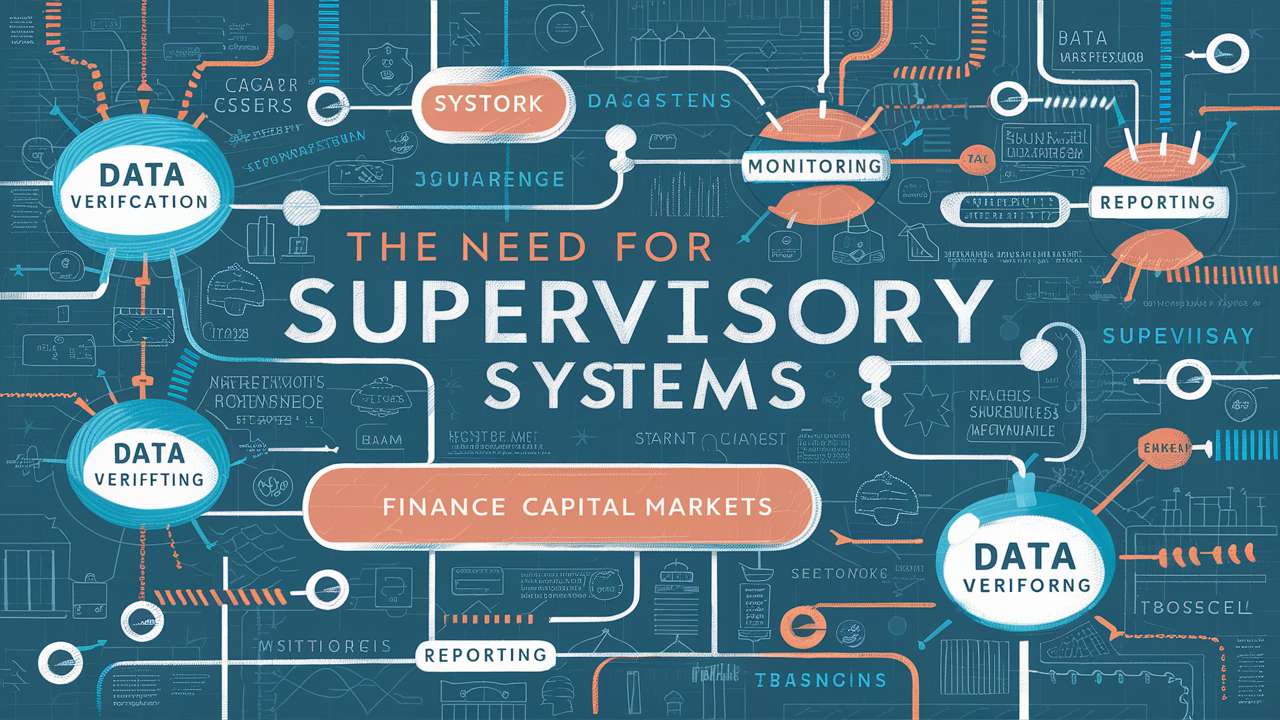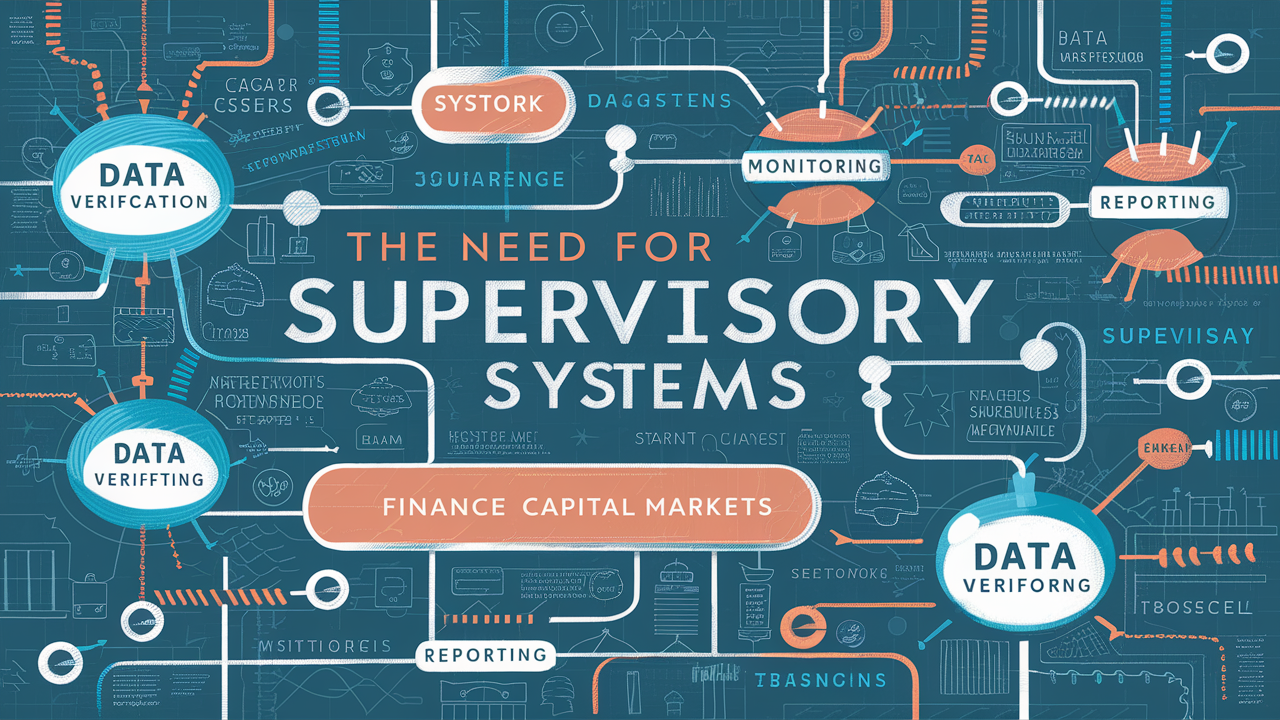Navigating Financial Regulation: How Loffa Interactive’s Tech Solutions Are Changing the Game
Updated Blog Post: Navigating Regulatory Waters with Precision: A Closer Look at Loffa’s Technological Solutions
Introduction
In the world of finance where the waters of regulatory compliance are deep and treacherous, Western International Securities recently found itself adrift, incurring a hefty $475,000 FINRA fine due to its inadequacies in supervising excessive trading activities. This event isn’t just a wake-up call but a clarion call for the pivotal role that technological solutions, like those from Loffa Interactive Group, play in steering firms clear of compliance shortcomings.
 The Stark Reminder of Compliance Needs
The Stark Reminder of Compliance Needs
Western International Securities’ recent brush with FINRA not only brought to light the importance of stringent oversight but also underscored the costly implications of compliance missteps. It’s a stark reminder for firms across the spectrum to bolster their compliance frameworks, given the increasing complexity of regulations.
Loffa Interactive Group: A Beacon of Compliance and Efficiency
Over Two Decades of Industry Leadership
For more than twenty years, Loffa Interactive Group has stood as a bulwark against the ever-evolving threats to compliance, offering cutting-edge solutions like Freefunds Verified Direct (FVD) and the Prime Broker Interactive Network (PBIN). Their commitment to upholding operational excellence and robust security is unparalleled, earning them the trust of Wall Street’s elite.
The Double-Edged Sword: FVD and PBIN Solutions
Freefunds Verified Direct (FVD): Reinventing Regulation T Compliance
FVD isn’t just a tool; it’s a lifeline for brokers navigating the complex seas of Regulation T compliance. By streamlining Letters of Free Funds management, FVD ensures that brokers can efficiently verify balances and fulfill the requirements for free funds trading in cash accounts. This not only aids in simplifying trade settlements but also shields firms from the risk of non-compliance.
Prime Broker Interactive Network (PBIN): Simplifying Prime Brokerage Conundrums
PBIN emerges as a comprehensive platform tailored for the efficient management of F1SA, SIA-150, and SIA-151 forms, critical for prime brokerage agreements, amendments, and clearance agreements. For prime brokers, this solution is a game-changer, simplifying complex processes and ensuring regulatory adherence, thereby safeguarding firms against potential regulatory pitfalls.
Deeper Dive: The Impact on Prime Brokers and Clearing Firms
For Prime Brokers: A Tool for Enhanced Agility and Compliance
Prime brokers find in Loffa’s PBIN a powerful ally, granting them the agility to navigate the complexities of brokerage agreements and regulatory amendments with unprecedented ease. This agility is not just operational but strategic, allowing them to stay ahead in a competitive landscape where the margin for error is slim.
For Executing and Clearing Brokers: A Guarantor of Compliance and Efficiency
Executing and clearing brokers witness a transformation in their operational workflows with FVD. By ensuring a seamless trade settlement process and compliance with Regulation T, these firms can divert their resources from compliance concerns to core business activities, driving growth and efficiency.
Conclusion: The Essentiality of Technological Partnerships
Western International Securities’ ordeal with FINRA fines serves as a potent testament to the indispensability of robust compliance technologies. In an industry where oversight isn’t just important but essential, the collaboration with seasoned technological partners like Loffa Interactive Group isn’t an option but a necessity. As we move forward in an era marked by stringent regulatory scrutiny, the prowess of Loffa Interactive’s solutions shines as a beacon for firms aiming not just to survive but thrive, proving that the right partnership can turn regulatory hurdles into stepping stones for success.


 In the dynamic domain of prime brokerage, where speed and precision reign supreme, Loffa Interactive Group stands out as a beacon of innovation. They’ve raised the bar with their Prime Broker Interactive Network (PBIN), reshaping the tedious process of re-papering prime broker agreements into a seamless, efficient operation.
In the dynamic domain of prime brokerage, where speed and precision reign supreme, Loffa Interactive Group stands out as a beacon of innovation. They’ve raised the bar with their Prime Broker Interactive Network (PBIN), reshaping the tedious process of re-papering prime broker agreements into a seamless, efficient operation.
